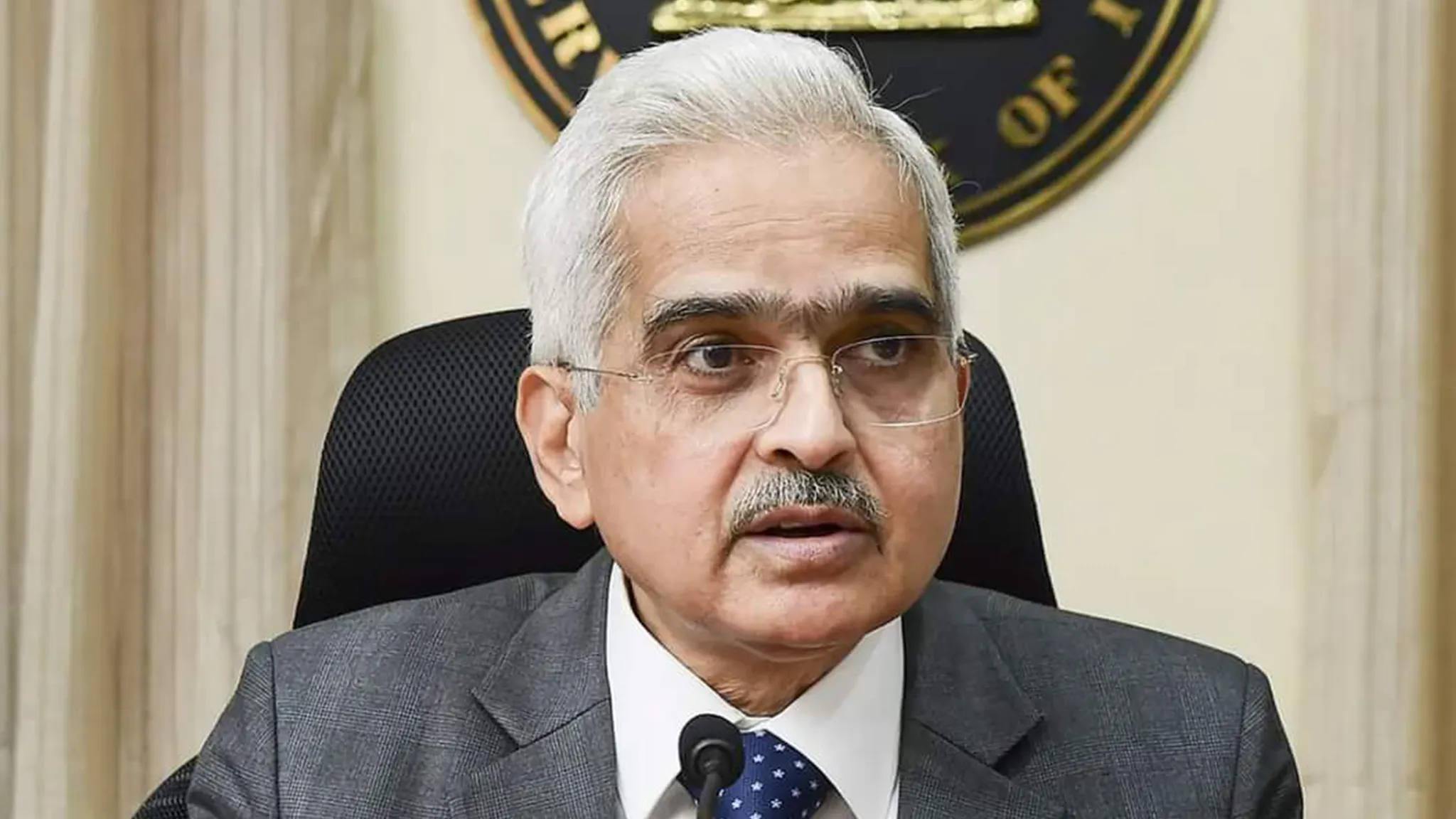Policy pivot is back in vogue, even if central bankers are wary of fanning premature rate cut celebrations. Data, however, is hard to ignore for those who claim to be data-dependent. The latest slip in US consumer price inflation to below 3 percent in July, especially when core inflation undershot expectations, has amplified calls for a US Federal Reserve rate cut as early as next month. Some even clamour for a deep 50 basis points cut to avert a hard landing. Fed Chair Jay Powell’s post-policy meet remarks this month already hinted at a possible September cut. Now, the market eagerly awaits Powell’s Jackson Hole address next week, hoping for a clearer roadmap to rate cuts.
US Fed Policy Pivot
Investors are currently navigating the choppy waters of economic landing forecasts. Every new US data point seems to swing sentiment wildly between hard and soft landing scenarios. While recent jobs data did little to allay hard landing fears, retail sales figures suggest resilient consumer spending, pointing towards a soft landing, despite the Fed’s persistent high rates. This constant see-saw has many analysts wondering if the US is already in a recession. But as Soumaya Keynes points out, with a limited history of recession patterns, predictions remain speculative, particularly in these unprecedented post-pandemic times.
RBI’s Response and MPC Uncertainty
Why should India, geographically and policy-wise distant from the US, be concerned about the nature of its economic landing? Despite RBI Governor Shaktikanta Das’s assertion that Indian policy isn’t dictated by the Fed, the reality is stark. The US, being the largest global economy and a major capital source for India, cannot be ignored. A significant portion of foreign capital and export earnings are tied to the US, limiting India’s policy autonomy. This is why a Fed rate cut triggers expectations of a similar move by the RBI, possibly as early as October. However, the RBI must tread carefully, as India’s inflation dynamics differ, and pre-emptive cuts could be risky. The volatity of the situation is compounded by impending changes within the Monetary Policy Committee (MPC). The tenures of the three external MPC members end in October, followed by Governor Das and Deputy Governor Michael Patra in December and January. This leadership transition adds further uncertainty to future policy decisions.
NBFC Sector in Focus
Predicting the new MPC’s stance, or that of a new governor, is a key concern for markets, especially as the festive season approaches. The latter half of the fiscal year, particularly the third quarter, typically sees a consumption surge in India, boosting production. However, this seasonal exuberance must not overshadow the subdued 3 percent net profit growth reported by listed Indian firms for April-June. This market exuberance is causing some concern. Kotak Institutional Equities, in their report ‘Faith, froth and fundamentals’, cautions against the disconnect between valuations and earnings, driven by unwavering retail investor faith. Are we sacrificing long-term returns for this faith? Lisa Barbora’s recent column questions whether long-term equity returns are indeed shrinking amid these inflated valuations. While corporate earnings suggest long-term equity compounding remains viable, investors should heed the timeless advice: when in doubt, exit.
What should investors do amidst this uncertainty? Perhaps a cautious approach, balancing optimism with a realistic assessment of earnings and global economic signals, would be prudent in the coming months.
Image Courtesy: X (Press trust of Kashmir)










Leave a Reply